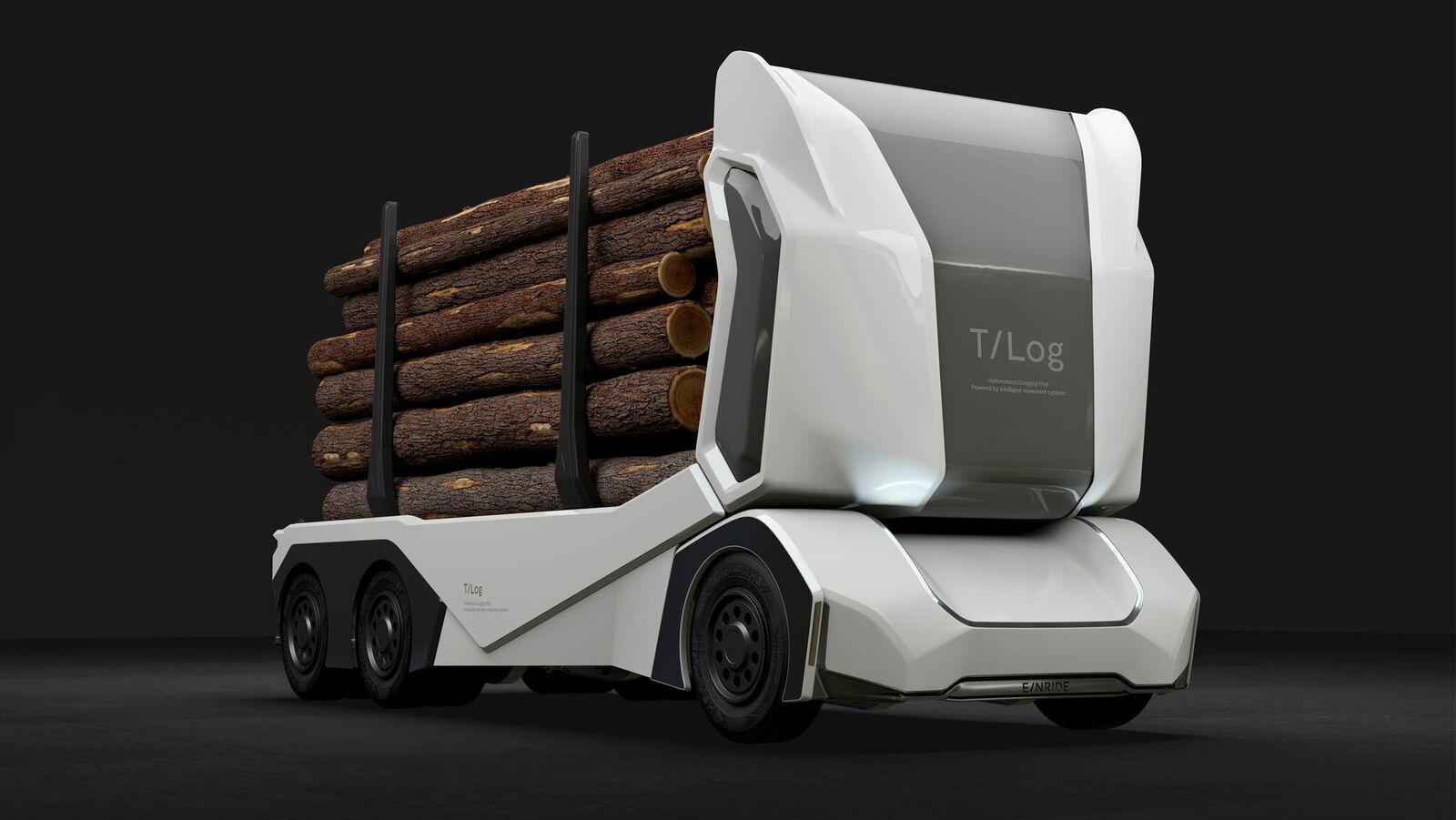Watch all the Transform 2020 sessions on-demand here.
Despite the fanfare around driverless cars’ potential to transform cities and make roads safer, the transition to a world in which autonomous vehicles rule the roost will likely be just that — a transition, one that could take decades longer than recent hype would suggest. There are myriad reasons for this, such as technological, regulatory, and infrastructural hurdles, meaning that even when driverless vehicles gain meaningful traction on public roads, they won’t always be able to maneuver without human intervention.
This is the scenario Sweden’s Einride is preparing for. The autonomous trucking startup is betting on a hybrid future, with remote teleoperators on hand to take over as needed. Einride has been hiring remote truck operators for several months, a process that kicked off in its native Sweden and will expand to the U.S. later this year. The company plans to make around 20 such hires over the next 18 months, with each operator eventually able to monitor and control as many as 10 vehicles at a time. Today the company is showcasing what this remote setup will look like.
Remote control
Founded in 2016, Einride has raised north of $30 million to build and bring to market electric trucks that are designed as “pods,” with no space for a human driver. These pods — which can carry all manner of freight — have been tested on-site at customers’ facilities and on public roads in Sweden since last May.

Above: A rendering of the T-log
Although the trucks are designed to drive themselves, countless scenarios could require human intervention. For example, local regulations may stipulate that autonomous vehicles can only drive completely autonomously on highways, requiring humans to take over from a remote location when the truck hits busy urban thoroughfares. Moreover, the trucks could encounter any number of unforeseen situations, such as complex obstacles blocking the road, or be required to carry out intricate parking maneuvers.
June 5th: The AI Audit in NYC
Join us next week in NYC to engage with top executive leaders, delving into strategies for auditing AI models to ensure fairness, optimal performance, and ethical compliance across diverse organizations. Secure your attendance for this exclusive invite-only event.
Einride’s setup is a tacit acknowledgement that autonomous vehicles won’t be able to completely replace humans at first, if ever. “As development continues, the pod will be tested and operated in more complex driving environments,” a spokesperson told VentureBeat.
A new video Einride has released offers a glimpse into a hybrid autonomous vehicle future in which teleoperators sit inside a remote station, replete with a screen and steering wheel. When a truck is in autonomous mode, the operator can simply monitor what’s going on to make sure everything is running smoothly. But if a situation arises, they can commandeer the vehicle with the tap of a button.

Above: Einride teleoperator controlling a truck remotely
If another vehicle in the fleet gets into trouble, a message will flash on the operator’s screen, and they can switch to that truck.

Above: Einride teleoperator switching to control another truck
Bandwidth
The infrastructure required for this system to work at scale should not be ignored — real-time remote control of these trucks will require significant bandwidth, which is why Einride partnered with Ericsson and Telia to install 5G at a facility belonging to freight giant DB Schenker back in 2018. DB Schenker has been a test partner for Einride, showing how driverless trucks could make logistics hubs more efficient.
“The remote operation and oversight of autonomous vehicles requires robust real-time video and data transmission, managed through a secure channel over often insecure infrastructure,” Einride CTO Pär Degerman said. “With this milestone, we are laying the technical foundation for swift and easy switching between vehicles, as well as the ongoing scaling of this functionality.”
It’s also worth noting that remote operators can be based anywhere, meaning that if one of them is already busy controlling a truck, someone based at another station can jump in if needed.
At first, Einride’s stations will be set up so that a single operator can control two vehicles, but there are plans to expand this to include up to 10 trucks. The company also promises to increase productivity and efficiency — in the real world, a driver may have to hang around for an hour or more as a truck is loaded, unloaded, or rejuiced, whereas Einride’s remote operators can simply shift their attention elsewhere.
The Einride model could help transform other facets of the trucking industry as well. The company has committed to hiring and retraining truck drivers to fill many of the teleoperator roles, which could fundamentally change what it means to be a “trucker” in the 21st century. Moreover, this shift could help address a labor shortage in the trucking industry — with a reported deficit of more than 50,000 drivers in the U.S. alone. It could also help correct current gender imbalances, as women currently represent just 6% of truckers in the U.S.
“The cost of transport continues to increase by 2-3% year-over-year, while the average capacity utilization of any given transport vehicle remains around 25%,” added Einride CEO Robert Falck. “With the ability to monitor and control multiple AET (autonomous electric transport) vehicles with just one remote operator, we can dramatically improve the cost efficiency of every vehicle in a fleet, not to mention significantly reducing emissions and improving the work environment for truck drivers.”


